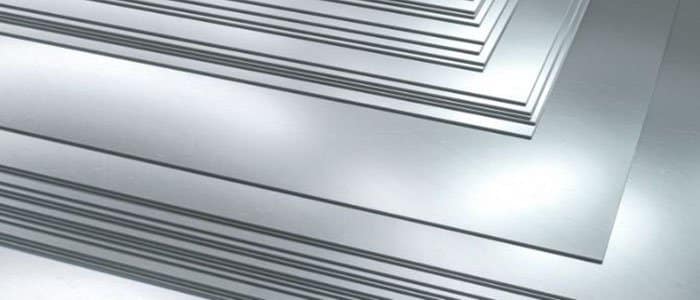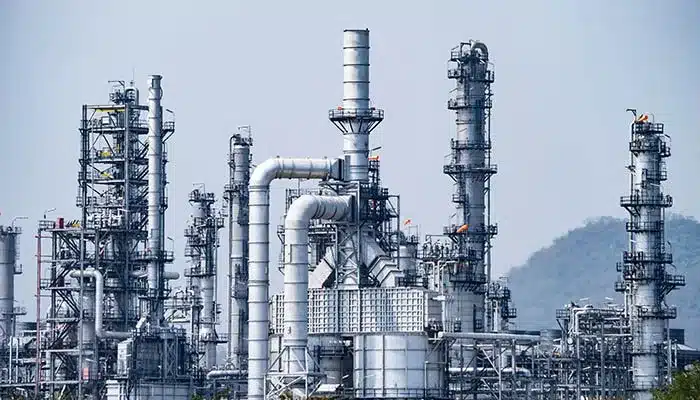In industrial production and daily applications, stainless steel has become the material of choice due to its corrosion resistance and durability. Among them, 304 and 321 stainless steel are the two most commonly used grades, but many people are not clear about the difference between them. This article will start with the basic definition and combine it with actual application scenarios to help you clearly understand the characteristics and selection logic of these two materials.
What is 304 stainless steel?
304 stainless steel is the most widely used austenitic stainless steel and belongs to 18/8 stainless steel (containing 18% chromium and 8% nickel). It has excellent corrosion resistance, heat resistance and easy processing, and is an ideal choice for food equipment, kitchenware, architectural decoration, etc. Its biggest advantage is that it has high cost-effectiveness under standard environment.
What is 321 Stainless Steel?
321 stainless steel is an improved austenitic stainless steel based on 304, with the addition of titanium (Ti). This enhancement gives it superior corrosion resistance in high-temperature environments, making it particularly suitable for welded structures exposed to elevated temperatures. While more expensive, it is indispensable in specific applications.
Chemical Composition Comparison
| Element | 304 Stainless Steel | 321 Stainless Steel |
| Chromium (Cr) | 18-20% | 17-19% |
| Nickel (Ni) | 8-10.5% | 9-12% |
| Carbon (C) | ≤0.08% | ≤0.08% |
| Titanium (Ti) | None | 5x C% (min. 0.7%) |
| Manganese (Mn) | ≤2.0% | ≤2.0% |
| Silicon (Si) | ≤1.0% | ≤1.0% |
| Sulfur (S) | ≤0.03% | ≤0.03% |
Corrosion Resistance: Similar, but Not Identical
At first glance, 304 and 321 look similar in terms of corrosion resistance. Both contain chromium (18-20%) and nickel (8-10.5%), giving them solid protection against rust and oxidation. However, 321 has an edge in high-temperature environments, especially when exposed to sulfur-containing compounds or chlorides. This is because 321 includes titanium (typically 5x the carbon content), which stabilizes the steel and prevents carbide precipitation during welding or prolonged heat exposure.
If your application involves frequent welding or operates in temperatures above 800°F (427°C), 321 is the safer bet. For general-purpose corrosion resistance—like food processing, chemical tanks, or architectural applications—304 usually suffices.
High-Temperature Performance: Where 321 Shines
One of the biggest advantages of 321 is its stability at elevated temperatures. The titanium addition prevents intergranular corrosion, making it ideal for exhaust systems, heat exchangers, and furnace components. 304, while decent up to 1500°F (816°C), can suffer from carbide precipitation if held at 800-1500°F for extended periods, leading to weakened welds or structural integrity issues.
If your project involves sustained high heat—think aerospace, power generation, or automotive exhaust—321 is the better choice. For lower-temperature applications, 304’s cost-effectiveness makes it more practical.
Weldability and Fabrication
Both grades weld well, but 321 has a slight advantage in welded structures exposed to heat. Since it resists carbide precipitation, post-weld heat treatment is often unnecessary, saving time and cost. 304 can also be welded, but if the application involves high temperatures, you may need to stress-relieve the welds to prevent cracking.
From a fabrication standpoint, 304 is slightly easier to machine due to its lower titanium content, but the difference isn’t drastic. Both grades require sharp tools and proper cooling to avoid work hardening.
Cost Considerations
Here’s where 304 wins for most buyers: it’s significantly cheaper than 321. The titanium addition in 321 drives up the price, sometimes by 20-30%. If your project doesn’t demand high-temperature stability, 304 offers better value.
However, if you’re working in a corrosive or high-heat environment, the extra cost of 321 pays off in longevity and performance. I’ve seen cases where switching from 304 to 321 extended equipment lifespan by years, ultimately saving money.
Real-World Applications
304 Stainless Steel: Kitchen equipment, storage tanks, medical instruments, and architectural trim. It’s the go-to for general-purpose applications where cost and moderate corrosion resistance are priorities.
321 Stainless Steel: Aircraft exhaust systems, chemical processing equipment, and high-temperature furnaces. If your project involves sulfuric acid, salt spray, or constant heat, 321 is the more reliable option.
__________________________________________________________________________________________________
Daxun Alloy is a professional metal material supplier. Whether it is Hastelloy or titanium alloy, we have sufficient inventory of various grades. If your project needs, please contact us immediately and we will give you the best quotation.
🔧 Explore Our Alloy Products




